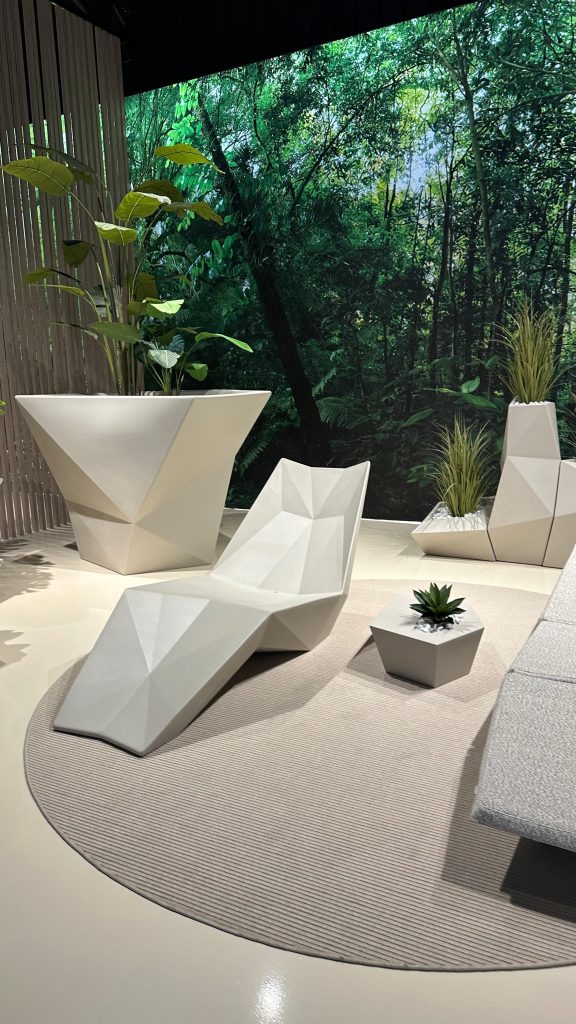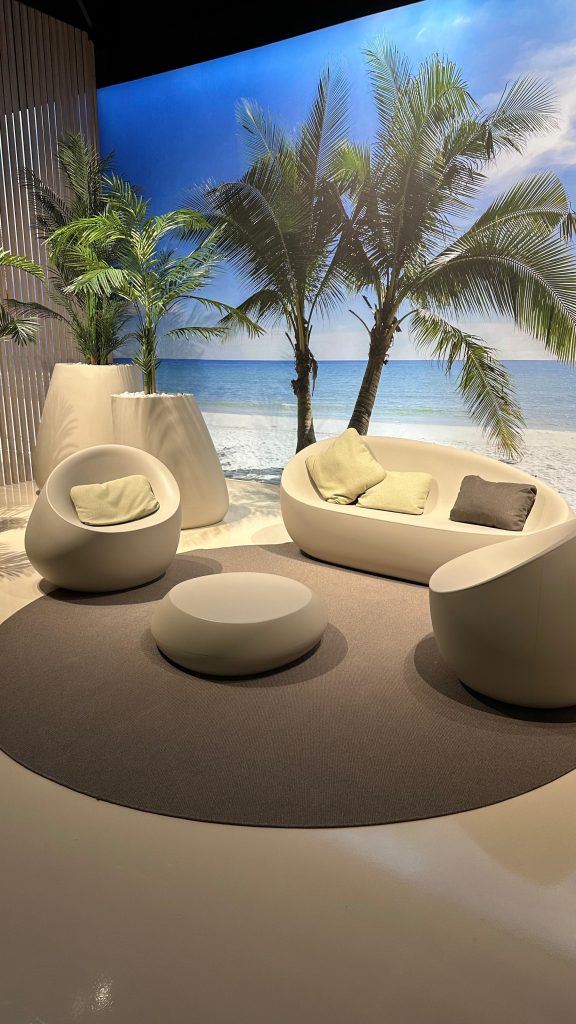At Efebé we believe that designing a space is not just a matter of aesthetics. Co-creation with the client is essential to achieve functional, comfortable spaces that reflect the company’s identity. Involving the client in each phase of the project allows more informed decisions to be made, to adapt the spaces to the day-to-day and to obtain a more satisfactory final result for everyone.
What is co-creation in interior design?
Co-creation is a collaborative process in which design professionals work together with the client to make key decisions about the space. This includes everything from the selection of furniture and finishes, to issues of distribution, ergonomics and functionality.
Unlike a more traditional approach, where the client only approves the final project, co-creation ensures that every decision is aligned with the actual needs of those who will use the space.
The main benefits of co-creation are:
- Optimal functionality: Each element has a purpose and fits into daily activity.
- Consistent aesthetics: Spaces reflect brand identity and create memorable experiences.
- Reduced errors and costs: informed decisions reduce subsequent modifications.
- Customer satisfaction: Participating in the process builds trust and alignment with the end result.
Why choose the furniture and finishes together?
When refurbishing an office or corporate space, translating the client’s needs into a physical space is not automatic. Choosing furniture and finishes together guarantees that the result is:
-
Suitable to the functional needs of the company.
-
Comfortable and ergonomic for those who work there.
-
Visually attractive and consistent with the corporate identity.
-
Prepared for real conditions, such as exposure to the sun, humidity or rain (for terraces and outdoor areas).


Case study: our visit to Vondom
One of the clearest examples of co-creation that we have applied recently was the visit to our supplier Vondom for a project of terraces in some offices. We went with the client to make sure that each decision was made together, combining aesthetics, functionality and comfort.
During the visit we were able to:
🏭 Tour the factory and showroom
We saw first-hand how the furniture is produced, the quality of the materials and the manufacturing process. This experience allows the customer to understand the value of each part and how it adapts to actual use.
🪑 Test and compare furniture
Not only did we look at catalogs, but we sat down and experimented with each chair and armchair. This helped to make informed decisions about ergonomics and comfort, especially in meeting spaces or breakout areas.
🎨 Review catalogs, finishes, and samples
We analyze textures, colors, and customization options. This allowed the client to visualize what the final look looks like before making a decision, reducing risks and surprises later.
🌦️ Analyze real conditions
We also talk about how the furniture responds to rain and other weather conditions, an essential detail for terraces and outdoor spaces.
🤝 Solve design doubts live
On site we discuss issues of layout, combination of finishes and general aesthetics. This not only streamlined the process, but also reinforced the client’s confidence in the project.
Why is this process so effective?
The added value of co-creation is that it allows you to see the project through the eyes of those who are going to experience it. When a customer tests, touches, and sees furniture before installation, they can provide feedback that designers would not have considered. This guarantees more adapted, comfortable and functional spaces.
Integrating co-creation with the corporate interior design strategy
Co-creation not only affects decisions about furniture and finishes; It also influences the global corporate interior design strategy:
- Functional and ergonomic work areas
- More effective spaces for rest and collaboration
- Terraces and outdoor spaces adapted to use and weather
- Consistent visual brand identity that is present in every detail
At Efebé, we always recommend integrating all the client’s perspectives: work teams, administration and, if necessary, regular visitors. This helps create spaces that work for all users.
Recommended Resources and Tools Efebé
To facilitate co-creation, we recommend:
-
Efebé furniture catalogue: link to the furniture catalogue
-
Visits to showrooms and supplier factories.
-
3D mockups and visualizations, which help visualize spaces prior to installation.
These resources improve decision-making and increase customer confidence throughout the process.
How to start a co-creation project with Efebé
-
Initial brief: we define objectives, needs and corporate identity.
-
Selection of furniture and finishes: visits to showrooms, tests and review of catalogues.
-
Tests and adjustments: tests of functionality, ergonomics and real conditions (light, rain, movement).
-
Joint approval: The customer validates all decisions before production and installation.
-
Installation and final review: guaranteed a space 100% adapted to the needs.
Conclusions
Co-creation is much more than a methodology: it is a philosophy that puts the client at the center of the project. Renovating an office is not just about choosing colors and furniture; is to design experiences, functionality and well-being for all those who will work there.
Implementing this process with Efebé guarantees:
-
Functional and comfortable spaces
-
Results consistent with the corporate identity
-
Fewer errors and subsequent adjustments
-
Satisfied customers committed to the project
💡 Efebé tip: when planning your next renovation, look for partners who involve the customer in the process. Visiting the furniture in the showroom, testing it and choosing finishes and materials together ensures that the final result is perfect.







